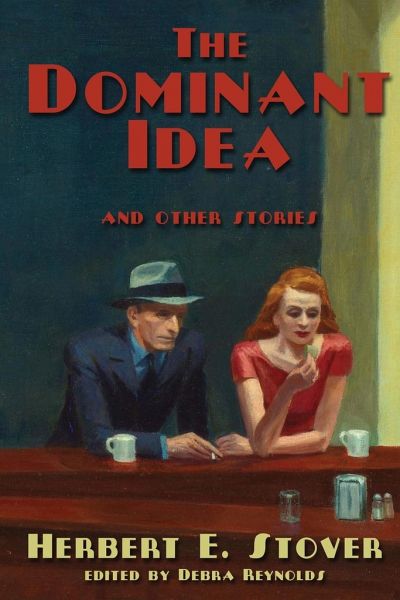
The Dominant Idea and Other Stories
Versandkostenfrei!
Versandfertig in 1-2 Wochen
16,99 €
inkl. MwSt.

PAYBACK Punkte
8 °P sammeln!
Herbert Stover was best known for his full-length historical novels full of action and historic figures, always with a twist of romance. However, before he sold his first novel to a New York publishing house after World War II, Stover struggled as an upstart writer of pulp fiction short stories, the vast majority of which were written in the 1920s and early 1930s. Rejection after rejection came back in the mail, and Stover, now in the Depression, turned his focus to his education career. The letters and stories were put away, largely forgotten. After Stover's death, his property exchanged hand...
Herbert Stover was best known for his full-length historical novels full of action and historic figures, always with a twist of romance. However, before he sold his first novel to a New York publishing house after World War II, Stover struggled as an upstart writer of pulp fiction short stories, the vast majority of which were written in the 1920s and early 1930s. Rejection after rejection came back in the mail, and Stover, now in the Depression, turned his focus to his education career. The letters and stories were put away, largely forgotten. After Stover's death, his property exchanged hands. One day, in the early 2000s, the current owner was exploring the old barn on the property and found an old wooden bucket in the rafters. It contained pictures, letters, and typed stories that had been returned to Stover. But, the gentleman did nothing with these stories until the Fall of 2022, when author Guy Graybill and publisher Lawrence Knorr visited to take pictures of the former Stover homestead. The bucket was graciously given to Sunbury Press, and the adventure began! Debra Reynolds was handed the project of transcribing, editing, and patching the stories, where there were gaps due to the erosion of the paper. Silverfish had done their worst, but fortunately, preferred the pulp rather than the ink. Most of the stories were nearly complete. A couple required Debra's creativity to "become Herbert Stover" and fill the missing page or two. What follows is a volume of stories, lost for nearly 100 years! They are mostly contemporary detective / police action-adventure tales, almost always with a twist of romance. Stover also liked the technology of the day, and included automobiles, airplanes, trains, and telephones to a large degree. The stories are remarkably fresh and are entertaining to this day, providing a window into the mind of a young man who would decades letter become one of the region's most famous authors.












